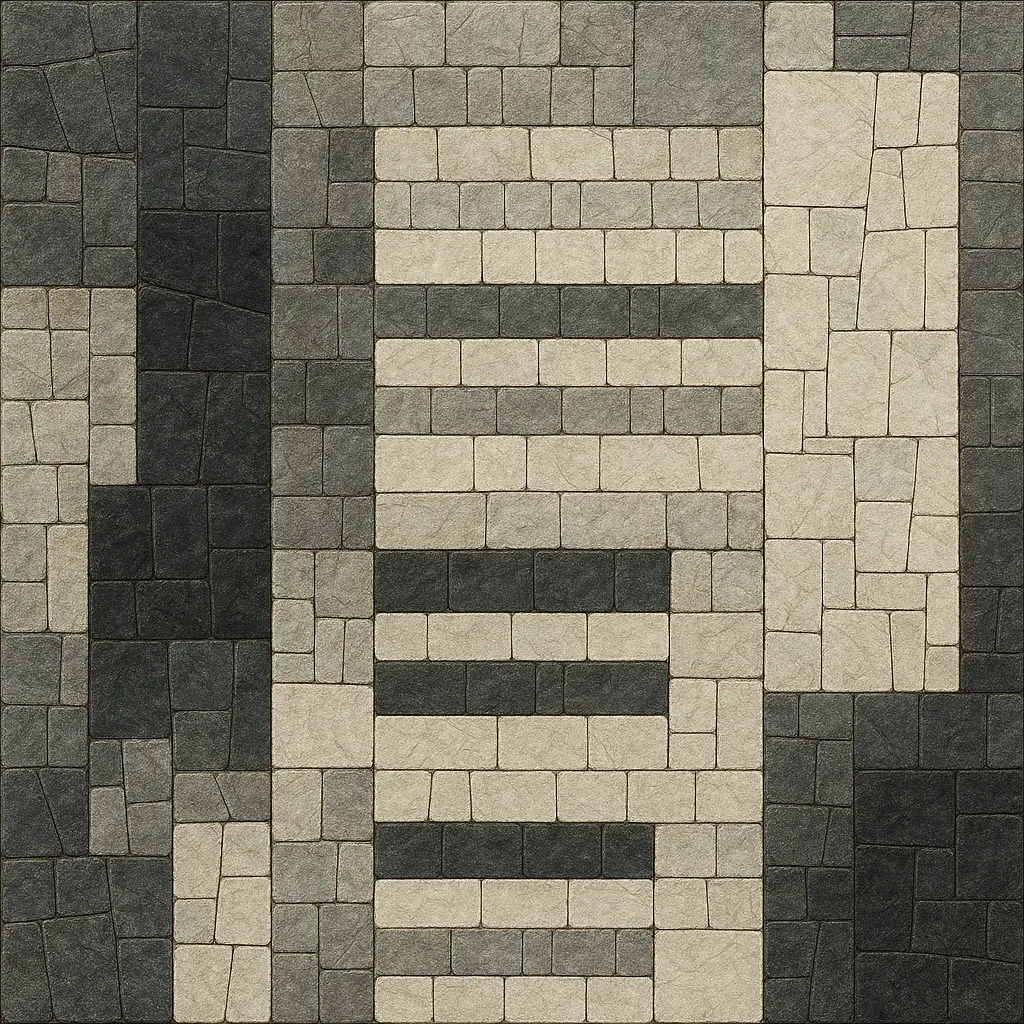Minimalism is a style of Western art music that emerged in the United States during the 1960s, characterized by the use of very limited musical materials, steady pulse, and extensive repetition.
Composers often build pieces from short cells or motifs that are repeated and slowly transformed through additive or subtractive processes, phase shifting, and gradual changes in harmony, texture, or register. Harmony is typically consonant (often modal or diatonic), though just intonation and extended drones are also common. The result is music that foregrounds process, clarity, audibility of structure, and a hypnotic sense of stasis and flow.
Typical ensembles include keyboards, mallet percussion, strings, winds, voices, and electronics or tape. Minimalism influenced a wide array of later styles, from ambient and new age to post-minimalism and minimal techno.
Minimalism arose in the U.S. as a reaction against the perceived complexity and emotional distance of postwar serialism and the European avant-garde. Early works by La Monte Young, such as "Trio for Strings" (1958), and his drone-centered Theatre of Eternal Music experiments established a foundation of sustained tones, just intonation, and extreme duration. Concurrently, tape-based experiments and electroacoustic practices informed new ways of organizing time through audible processes.
Terry Riley’s "In C" (1964) provided a catalytic model: a modular, pulse-driven piece built from repeated cells that performers loop and phase organically. Steve Reich’s mid-1960s tape works ("It’s Gonna Rain," "Come Out") introduced phase-shifting as a compositional engine, soon adapted to acoustic instruments. Philip Glass developed additive processes—small rhythmic and melodic units lengthening or contracting gradually—within tightly pulsed, consonant frameworks.
By the 1970s, minimalist composers formed dedicated ensembles and presented extended concert works. Reich’s "Music for 18 Musicians" (1976) fused pulsation, shifting harmonic fields, and timbral blending into an iconic large-scale design. Glass’s "Einstein on the Beach" (1976) brought minimalist techniques to opera, with looping arpeggios and spoken-number patterns over a steady beat. The style broadened to include vocal minimalism (Meredith Monk), drone minimalism (Charlemagne Palestine, Phill Niblock, Eliane Radigue), and concert works exploring just intonation.
Minimalism’s vocabulary radiated into post-minimalism (e.g., John Adams, Michael Nyman), where harmonic motion and orchestral color increased while process and repetition remained central. Sacred or “holy minimalism” (Arvo Pärt, Henryk Górecki, John Tavener) integrated simplicity and spiritual affect. Meanwhile, popular and electronic scenes adopted repetition, steady pulse, and gradual development, influencing ambient, new age, and later minimal techno.
Minimalism’s emphasis on audibly graspable processes reshaped contemporary composition and listening habits. Its techniques permeate film music, post-rock, experimental electronics, and concert music worldwide. Today, composers freely recombine minimalist processes with polyrhythm, spectral harmony, and electroacoustic timbres, sustaining the movement’s core ideals of clarity, process, and transformative repetition.


